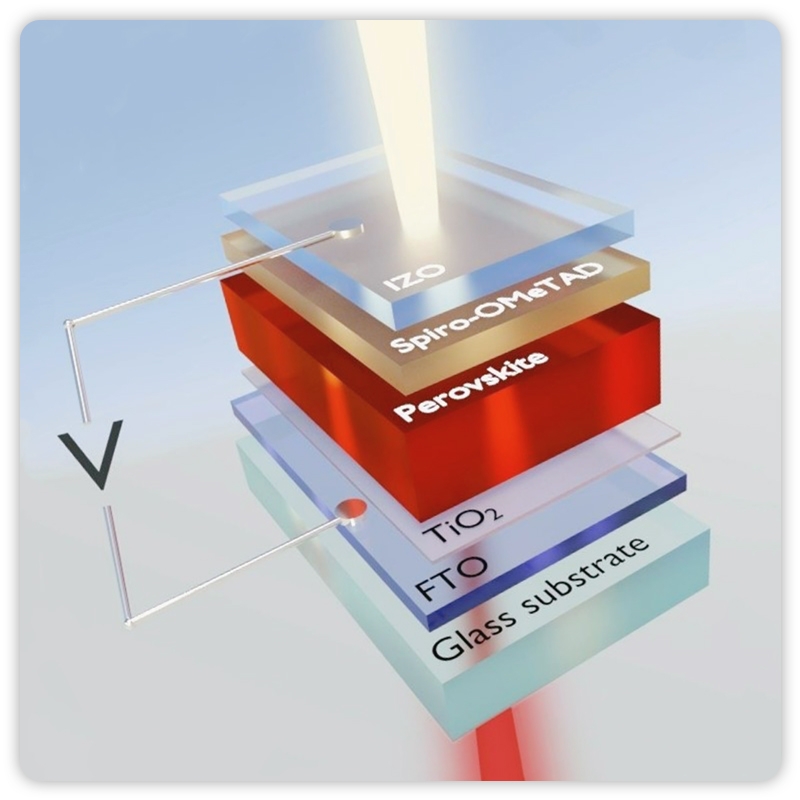-
Categories
-
Pharmaceutical Intermediates
-
Active Pharmaceutical Ingredients
-
Food Additives
- Industrial Coatings
- Agrochemicals
- Dyes and Pigments
- Surfactant
- Flavors and Fragrances
- Chemical Reagents
- Catalyst and Auxiliary
- Natural Products
- Inorganic Chemistry
-
Organic Chemistry
-
Biochemical Engineering
- Analytical Chemistry
- Cosmetic Ingredient
-
Pharmaceutical Intermediates
Promotion
ECHEMI Mall
Wholesale
Weekly Price
Exhibition
News
-
Trade Service
, the Chinese Academy of Sciences National Nano-Center researcher Sun Jiaxuan team built a set of high "cost-effective" cancer screening method: only 1 microlith serum (usually 1/5000 blood intake of blood vessels), through the detection of extracellular vesicles, can be in 20 minutes of early screening of 6 types of cancer, but also more accurate classification of cancer.
In recent years, studies have found that blood and other body fluids contain substances from cancer sources that enable molecular identification of diseases, facilitate early diagnosis, accurate prediction, personalized treatment, and disease surveillance, including circulating tumor cells (CTCs), tumor cell extracellular vesicles (EVs), circulating tumor DNA, and so on.
refers to biomarkers that fall off primary tumor cells and enter the outer blood circulation. Sun Jiaxuan told China Science Daily.
this detection method is called tumor liquid biopsy technology. Sun Jiaxuan introduced that the technology can not only be used for the early diagnosis of certain types of solid tumors, but also to monitor tumor recurrence, assess efficacy, with easy access to specimens, small trauma, non-invasive, repetitive collection and other advantages.
as the "back-up show" in the liquid biopsy marker, "tumor cell extracystic follicles" are membrane-structured follicles secreted by tumor cells to the extracellular environment, with diameters between 30 and 1000 nm.
"cancer cells show different membrane protein characteristics than EVs secreted by normal cells, and these differences can be used for cancer screening and diagnosis." Sun Jiaxuan said that compared to circulating tumor cells and circulating tumor DNA, tumor cells outside the follicles have a great advantage, such as rich in blood, its analysis does not need to collect a large amount of blood. In addition, due to the protection of membrane structure, exosome membrane proteins can still be isolated and detected in long-term cold blood.
, however, the ideal is very plump, the reality is very bone-chilling. It is not easy to apply EV analysis testing widely in clinical practice. In past clinical applications, operators needed long periods of overspeed centrifugation to extract EVs from the blood, which was not only necessary, but also susceptible to co-precipitated hemoglobin. The follow-up membrane protein analysis means, such as enzyme-linked immunosorption experiments, protein immune imprinting and mass spectrometography, the process is complex and cumbersome, costly and time-consuming, and requires professional and technical personnel to operate.
" how to isolate and extract smaller EVs in high background serum or plasma samples, and how to improve the sensitivity of EVs detection methods, is a major challenge for existing EVs tumor fluid biopsy technology. Sun Jiaxuan said there is an urgent need for a simpler, faster and cheaper means of EV analysis and detection.
sun Jiaxuan task force after nearly a decade of technology accumulation, to find "magic tricks", successfully realized the successful transition from a technology platform to cancer screening.
researchers first identified EVs surface tumor-related membrane proteins using fluorescently labeled nucleic acid specificity, i.e. "branding" tumor cells, and then used "thermal swimming" technology to produce temperature gradients by laser exposure to microflow control chips, inducing 30-1000 nm of EVs to quickly converge to the center of the chip, where they can be 1,400 times rich, while the free nucleic acid body or protein remains dispersed. After EVs converge, a fluorescent microscope is used to read the nucleic acid fitting signals that bind to EVs to obtain EVs membrane proteomic information.
Finally, the researchers took 60 serum samples from cancer patients and 10 healthy controls, tested each sample for 7 antigen multi-target tests, and trained machine learning algorithms with test results that found sensitivity and specificity were close to 100%.
" used a very small sample for early cancer sensitivity testing (95 percent of stage I) and for the first time classified cancer through EVs. In the near future, Sun said, this could be a routine cancer screening method for physical examinations or hospitals, where doctors would only need to remove certain fluids, such as blood, and analyze the EVs to diagnose the disease in a less traumatic way.
next step, they hope to expand their current platform to enable intra-membrane protein and nucleic acid detection, making it a common EV detection platform. (Source: Science Network Han Yangmei)







